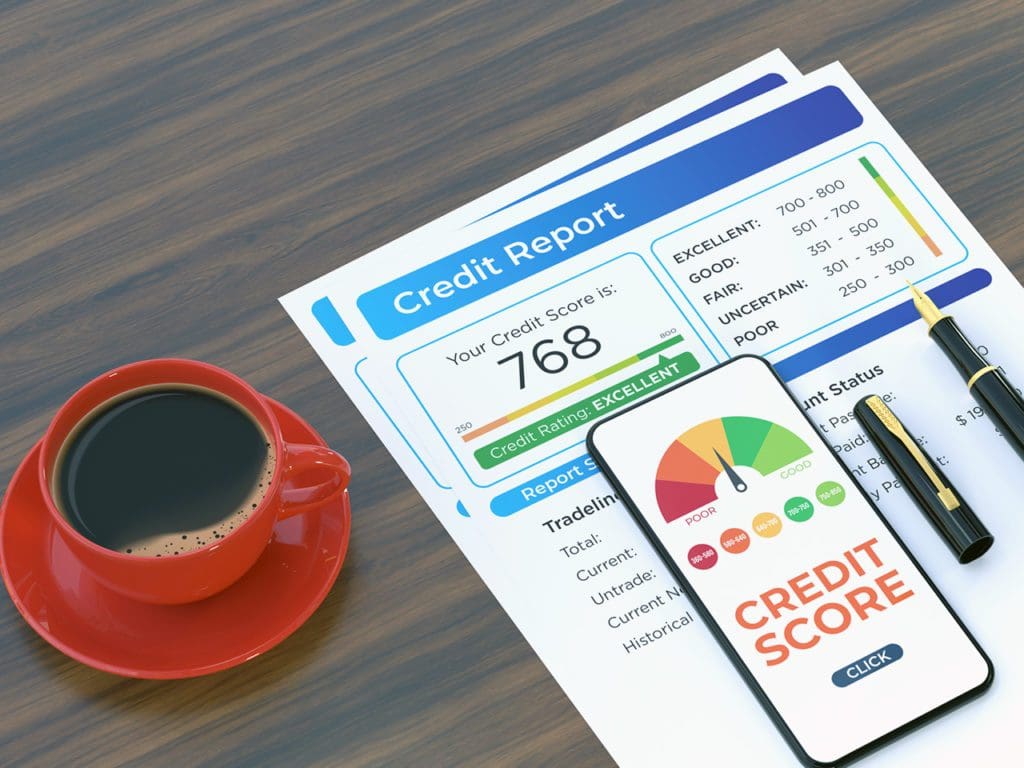The following is a guest post by Nidhi Verma, Vice President of International Research and Consulting for TransUnion
Being “credit visible” presents life-changing benefits for consumers across all life stages. For millions, credit inclusion allows for economic advancement and upward mobility.
So why are there still people who are credit invisible?
One of the most common reasons unserved and underserved consumers cited is the high cost of credit. High interest rates limit credit options among credit disadvantaged consumers, making it imperative for banks, credit unions, and new market entrants to design more affordable and feasible ways to access credit.
Credit awareness, education, and better access will also allow consumers to understand what it means to build and improve their credit profiles and why it is essential to be engaged in the credit system.
Lenders striving for growth targets can focus on these niche target segments by identifying and serving an existing portfolio of credit-underserved consumers.
Lowered risk appetite
According to TransUnion’s most recent study on this topic, the pandemic had a negative impact on the number of consumers who migrated to being newly served. Over a two-year period for a cohort of pre-pandemic consumers, 24% of underserved consumers migrated to being newly served. However, within the early stages of the pandemic, fewer underserved consumers migrated to being newly served (22%) due to curtailment of risk appetite by lenders and lower consumer demand for credit.
Rising inflationary pressures, at near 40-year highs, present a real opportunity for lenders to provide more liquidity for risk-eligible credit-underserved consumers. However, it is also important to recognize that concerns around credit performance for consumers with no or little credit activity can inhibit lenders from pursuing this market segment.
Today, approximately 8 million consumers in the United States are unserved, meaning they do not carry any traditional credit products, like credit cards, and do not have a credit score. Meanwhile, there are 37 million Americans who are credit underserved, and they are a potentially attractive growth segment for lenders looking to expand their customer base.

Credit scoring models limited
The higher-risk profile of underserved consumers, with 70% underserved consumers versus 38% credit-served consumers concentrated within the non-prime risk tier, requires greater diligence by lenders.
This is especially true as traditional credit scoring models have limitations in identifying potentially good-performing, underserved consumers due to their limited engagement in the market.
Additionally, 43% of underserved consumers are Millennials and Gen Zers versus 32% within the credit-served population. The underserved consumers are much younger than those served, making it even more critical to enabling inclusion to fuel economic growth. Since 84% of underserved consumers have four or more years of credit history available to lenders, it is viable to make informed decisions.
One in two underserved consumers holds a credit card in their wallets, indicating the preference to carry products that allow transactional convenience and an opportunity to leverage credit during regular and tough economic times.
Newly served consumers who open new products have comparable, sometimes better, vintage delinquencies on new originations compared to served consumers with more established credit histories.
In fact, newly served consumers who opened a credit card incurred a 5% delinquency rate (30+DPD) at six months on the book versus served consumers who demonstrated a 7% delinquency rate. For products with a higher observed risk, lenders can price in additional risk while growing their portfolio.
Implications of serving the underserved
Bringing more people into the financial system will help enhance GDP growth, reduce poverty and create new market opportunities for the private sector. Underserved consumers have expressed and demonstrated their desire and intent to grow their credit use in the future.
Still, concerns about high costs have made them hesitant to increase engagement with traditional credit products. Interestingly, the underserved consumers who migrated to being newly served exceeded expectations by demonstrating positive performance. And, in some cases, even outperformed consumers with established credit histories.
Related: Prize-linked savings proves to be engaging savings mechanism for underserved bank customers
By leveraging a combination of trended credit and alternative data solutions, which reveal deeper insights into consumer credit capacity and payment performance, lenders can better understand which consumers meet their target risk parameters, and more confidently extend credit to underserved consumers.
Lenders need to facilitate financial literacy and ongoing engagement to empower and nurture the underserved toward becoming more active consumers and, as a result, create a more robust financial ecosystem for both consumers and lenders, alike.


